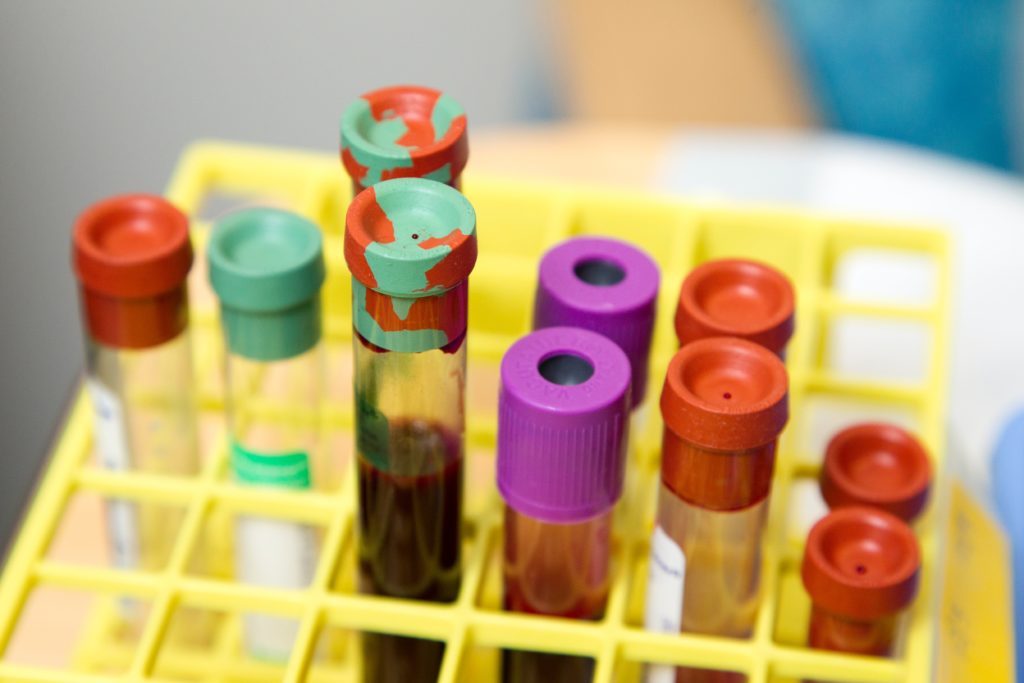When Laboratory Testing Is Wrong: Sometimes We Trust Our Test Results Too Much

Laboratory testing and blood work are critical components of modern medicine. Testing is often invaluable for helping to identify and diagnose disease. And trust in test results is often exceedingly high, even if the results do not fit the patient’s symptoms or history. Several types of problems can occur with blood testing that interferes with test results, yielding falsely depressed or elevated values. Any lab value that appears discordant with the facts or nonsensical should be questioned and confirmed. Using a different type of test or a different laboratory may be necessary to evaluate and identify problems.
A Case Study
A 30-year-old female veterinarian who had a practice caring for animals was evaluated by her doctor due to infertility. As low thyroid function can interfere with conceiving a child, thyroid function tests were ordered along with other standard blood work. Upon testing, her thyroid stimulating hormone (TSH), a marker for overall thyroid function, was significantly elevated at 15 with the normal range being from 0.5 to 6. Additional thyroid testing showed other abnormalities and she was diagnosed with hypothyroidism and started on medication.
Over the ensuing months, the medication failed to correct the elevated TSH levels. As such, the treating physician kept raising the dose of medication until the patient developed symptoms of hyperthyroidism, caused by too much thyroid medication.
Luckily, for the patient, the doctor finally started questioning the test results and a series of alternative tests were performed. It was subsequently discovered that her TSH was falsely elevated due to her having antibodies to mouse proteins, likely from being a veterinarian. A number of standard laboratory tests rely on antibodies from animals. If an individual is allergic to that animal, it is possible to have either falsely elevated or depressed test results (Brennan 1987).
Causes of False Test Results
There are numerous reasons why laboratory testing can be wrong. While the list below is not exhaustive, it shows a variety of causes for false test results (Kroll 1994, Ismail 2002):
- Improper patient preparation
- Poor sample collection techniques
- Inappropriate sample storage
- Sample contamination
- The presence of antibodies that interfere with the test
- Interference from supplemental vitamin B7 (biotin) intake for some tests
- Certain medications
- Increased fat in the blood (lipemia)
- Elevated bilirubin
And the problems caused by false test results are not always trivial or benign. One study suggested that the prevalence for false results could be as high as one in 50 tests (Ismail 2002). A review on false results for thyroid evaluations found that over 50% of cases received a misdiagnosis and inappropriate treatment, in some cases causing significant disruption in the patient’s life (Favresse 2018).
Conclusion
Doctors are trained to rely on laboratory testing. They aren’t trained to question the accuracy when results don’t match patient symptoms or seem nonsensical. Due to the trust we often place in laboratory results, when something goes wrong, it can have serious negative repercussions for patients.
Any time laboratory testing is ordered, it is necessary to follow the recommendations for patient preparation. If test results do not fit the clinical picture, they should be questioned and confirmed. Being aware of problems that can occur with testing can go a long way to identifying situations when test results may be spurious.

